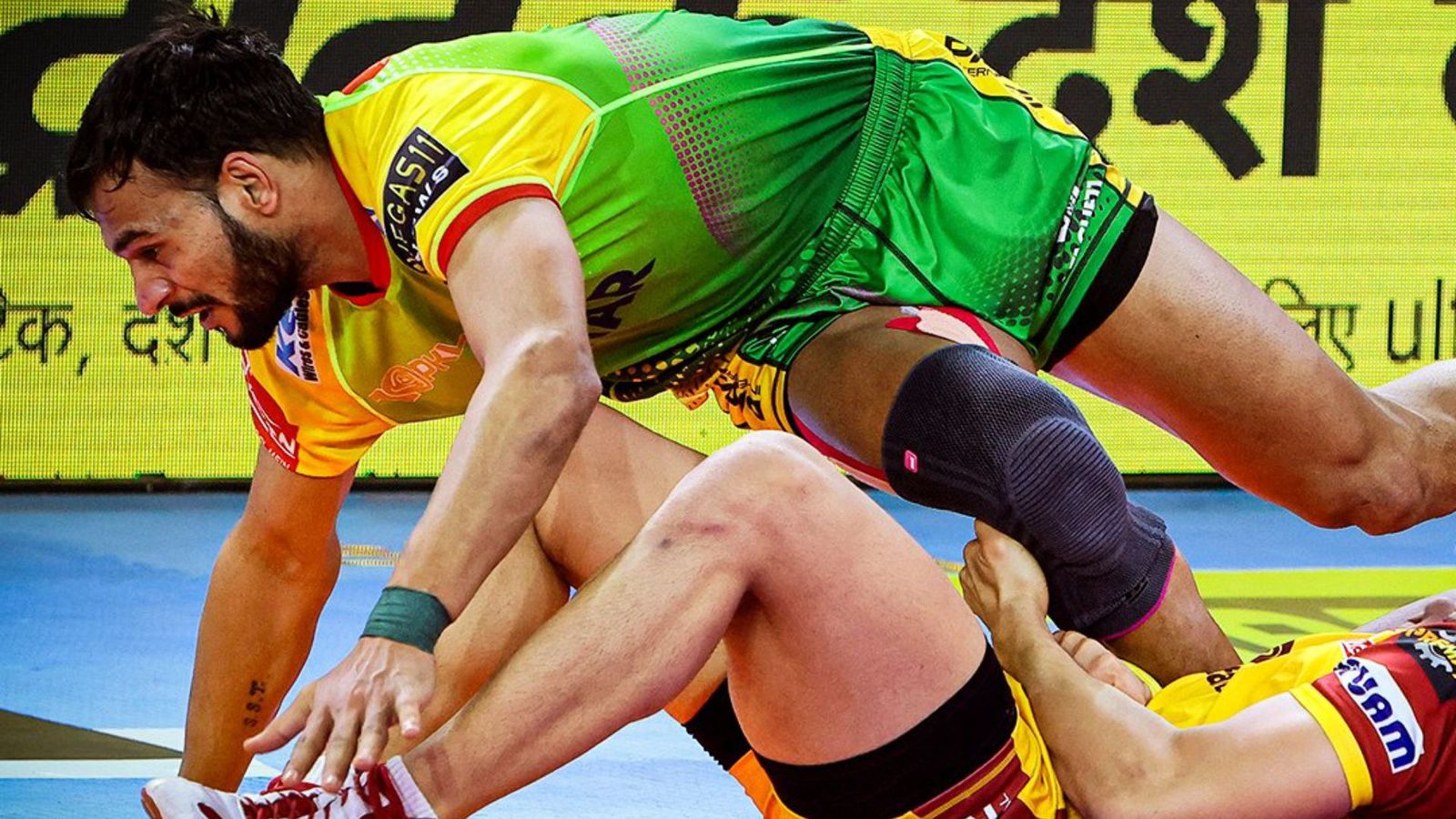Yet for decades, many of these traditional sports remained overshadowed by the glamour of global games like cricket, football, and tennis. However, a resurgence is underway andKabaddi, one of India’s most ancient and rawest sports, is leading the charge in this traditional revival.
The Lost Glory of Indigenous Games

Before the rise of television and modern stadiums, India’s villages and towns echoed with cheers forKho-Kho,Gilli Danda,Mallakhamb,Wrestling, andKabaddi. These games were accessible, community-driven, and deeply rooted in Indian values.
Cricket flourished, fueled by corporate sponsorship and broadcast media. In contrast, many traditional sports struggled for attention, funding, and recognition.
By the early 2000s, traditional games were on the verge of becoming obsolete in urban India — but the story was far from over.
A National Revival: The Return of Traditional Sports
In recent years, a cultural reawakening has been taking shape. Government initiatives, corporate sponsorships, and changing societal values have fueled renewed interest in Indian-origin sports. Several key factors are driving this revival:
-
Nationalism and Cultural Pride: A growing desire to reconnect with Indian heritage has fueled support for homegrown sports.
-
Government Support: Schemes likeKhelo India,Fit India Movement, and inclusion of indigenous sports in school curriculums are boosting visibility.
-
Media and Digital Platforms: Social media, YouTube, and OTT platforms have given traditional sports an audience far beyond village borders.
-
Franchise Leagues: Following the IPL model, leagues likePro Kabaddi League (PKL)andUltimate Kho-Khohave professionalized these sports.
Among all these,Kabaddihas emerged as theflag-bearerof this traditional resurgence.
Kabaddi: A Glorious Comeback Story

From Village Fields to Global Arenas
Originating thousands of years ago, Kabaddi has always been a sport of power, strategy, and endurance. Played barefoot on mud courts, it was once a favorite at local fairs and school sports meets. For decades, it remained a largely rural phenomenon — until 2014, when everything changed.
The Pro Kabaddi League (PKL): A Game Changer
The launch ofPro Kabaddi Leaguein 2014 turned Kabaddi from a grassroots game into a nationwide spectacle. With slick broadcasting, celebrity team owners, urban franchises, and prime-time television slots, PKL did for Kabaddi what IPL did for cricket.
How PKL Revolutionized Kabaddi:
-
Franchise-based modelbrought team loyalty and fan bases.
-
High-quality productionmade the sport TV-friendly and exciting.
-
Player storiesconnected audiences to real-life rural heroes.
-
Increased salaries and brand dealsgave Kabaddi players a sustainable career path.
Today, players likePardeep Narwal,Rahul Chaudhari, andFazel Atrachaliare household names, inspiring youth from both rural and urban India.
Kabaddi's Cultural and Social Impact
1. Empowering Rural India
Kabaddi is still largely sourced from India’s villages, making it a true representation of rural talent. The sport is not only offering career opportunities but also reviving the cultural pride of rural India. It proves that even with limited resources, world-class athletes can emerge with the right platform.
2. Breaking Gender Barriers
Women’s Kabaddi is on the rise, with Indian women’s teams winning medals at theAsian Gamesand participating in global tournaments. Players likeDeepika JosephandMamatha Poojaryare breaking stereotypes and inspiring girls to take up the sport professionally.
3. Fostering Grassroots Development
Kabaddi has trickled down into school curriculums, district-level leagues, and community tournaments. NGOs and government bodies are investing in training camps, especially in underserved regions.
Kabaddi on the Global Stage
Kabaddi is no longer confined to the Indian subcontinent. Over 30 countries now participate in international Kabaddi tournaments. Nations likeIran,South Korea,Kenya, andBangladeshhave emerged as serious contenders, making the sport truly global.
The ultimate ambition?Olympic recognition.With standardized rules, growing viewership, and international governing bodies like theInternational Kabaddi Federation (IKF), the dream of seeing Kabaddi at the Olympics no longer seems far-fetched.
Challenges That Remain
While the growth is impressive, Kabaddi and other traditional sports still face challenges:
-
Infrastructure gapsin rural areas.
-
Limited fundingfor women’s leagues and junior circuits.
-
Seasonal visibility, with media focus mainly during league time.
-
Inconsistent international exposure, limiting global fan base.
Addressing these gaps will be crucial to sustaining the momentum.
The Future of Traditional Sports in India
Kabaddi’s revival is not an isolated case — it is part of a larger movement. Sports likeKho-Kho,Mallakhamb,Silambam, andWrestlingare slowly regaining popularity through local initiatives and digital campaigns.
The future lies in:
-
Creating year-round visibilityfor traditional sports.
-
Building regional leaguesfor broader participation.
-
Leveraging technology and social mediato engage youth.
-
Ensuring inclusivity, particularly for women and marginalized communities.
Conclusion: Kabaddi as the Torchbearer of India’s Sporting Soul
Kabaddi is more than a sport — it’s a symbol of India’s cultural revival, resilience, and rooted identity. Its rise from dusty village grounds to the dazzling lights of stadiums reflects the journey of a modern India that honors its past while embracing the future.
In a world of globalization, the comeback of traditional sports like Kabaddi reminds us that sometimes, the most powerful stories are the ones that begin at home.








